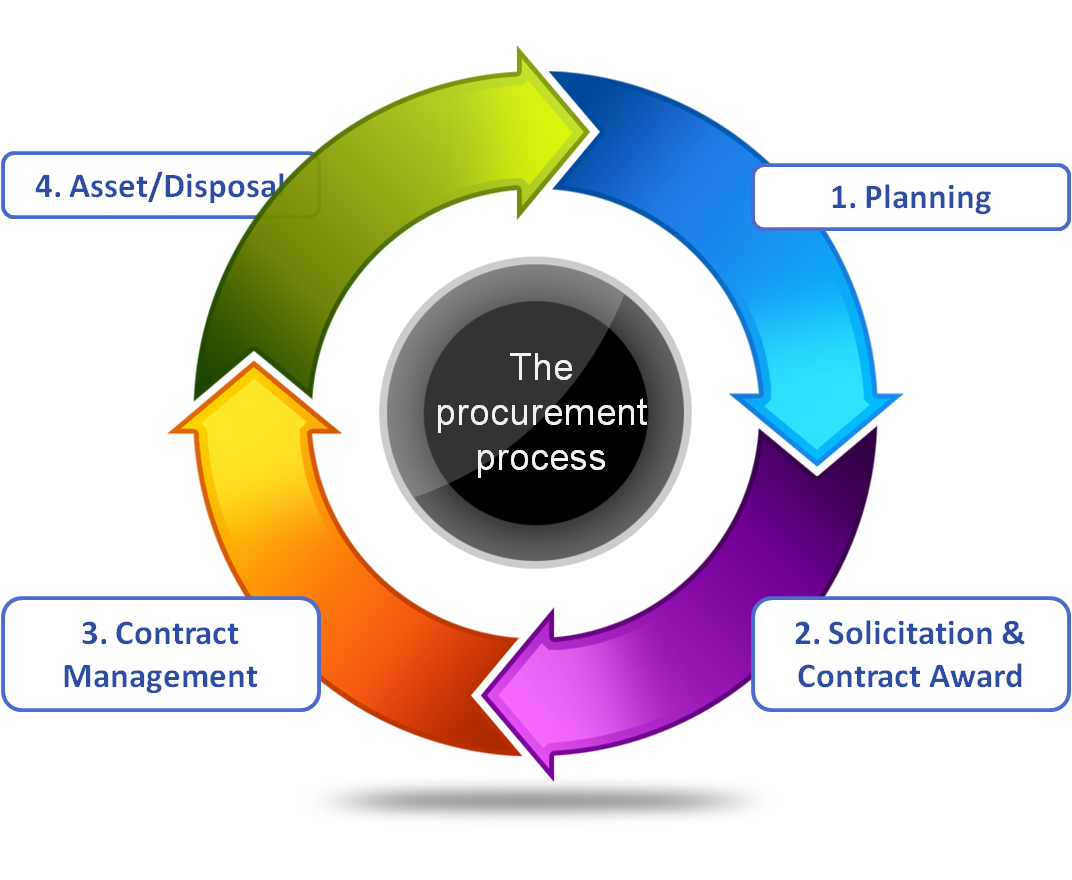
Bid Phase Management
There are a wide variety of challenges and issues that can arise during the project bid phase that can negatively affect the bid outcome. These challenges include, but are not limited to, difficult bidding climates, labor and skills shortages, too much available work for contractors, remote project locations, bid dates conflicting with other projects, unclear specifications, confusing contract documents, limited competition, and limited availability of materials and equipment.
Unclear Specifications can be a common cause for confusion among potential bidders. Engineer standard specifications or Owner standard specifications are commonly used for design projects, but these are often generalized to fit many different types of projects. The specifications should be customized to fit each individual project based on size, scope, and budget for the project. Ambiguity in specifications can create uncertainty amongst bidders resulting in higher bids created to cover unknown contingencies. If project is too complicated or if the specifications are unclear, bidders may not be interested, or the bid prices could increase.
The real life experience gained through the projects within time can be put into practice by Engineers and Owners include:
- With smaller projects, it is important to ensure that the specifications are customized to provide products, materials, and details appropriate for a smaller project with a smaller budget.
- Early design coordination with equipment vendors is key. It is recommended for Engineers to contact equipment vendors during preliminary and final design and again during the bid phase to ensure that the requirements of the specifications can be met.
- If any changes are made by addendum to the project, it is important for the Engineer to verify that equipment changes are made aware of the changes in order to mitigate any confusion.
- When the Owner does have a fixed budget and limited budget (which is usually the case), one solution is to implement the use of additives and alternates to give the Owner flexibility with additional project features that may or may not fit into the budget.
- For projects located in remote locations, it is important to recognize this early and work to mitigate this factor.